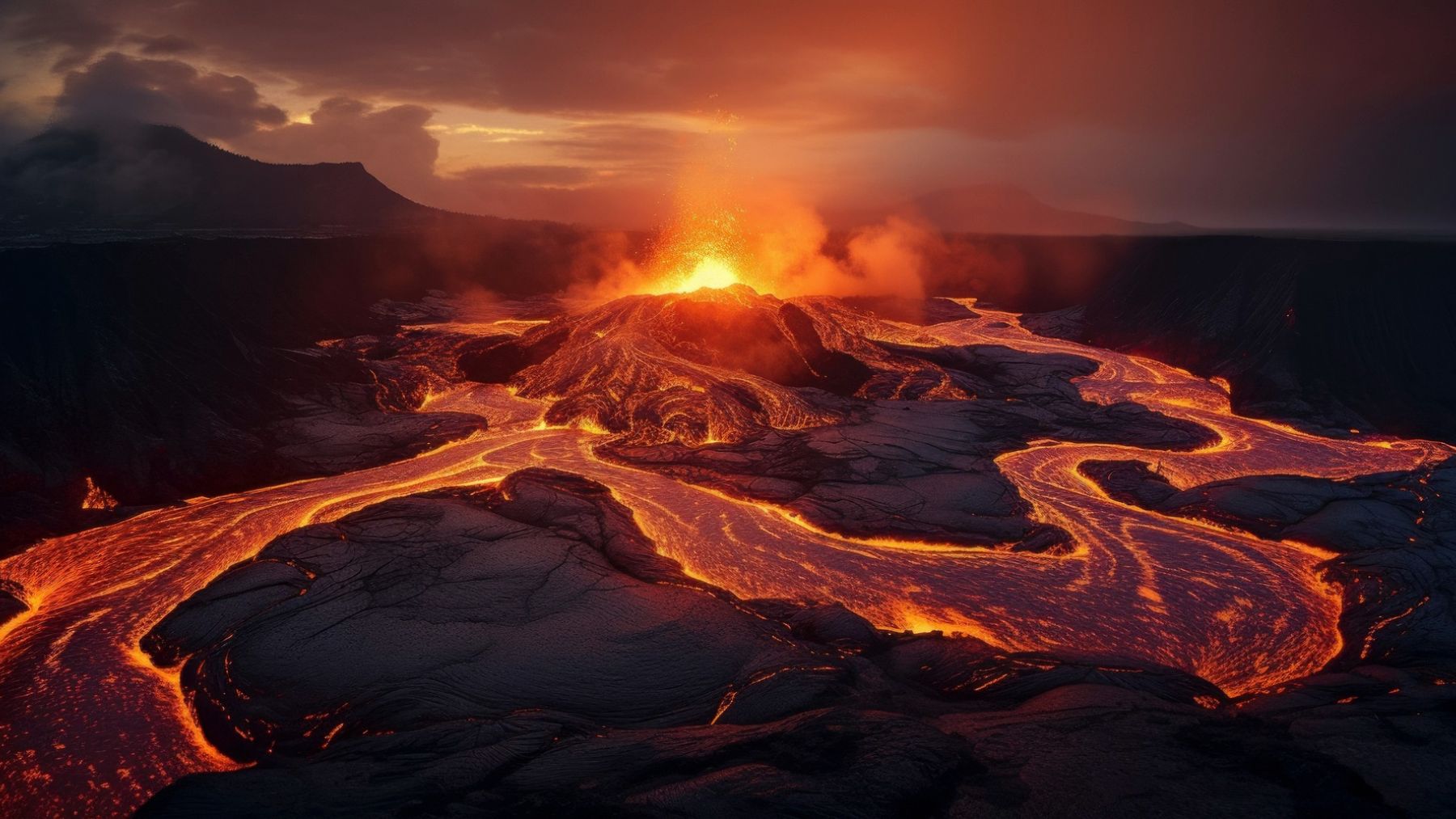11 countries have united to drill magma. What they are looking for could change history. News about volcanoes is often associated with destruction, earthquakes and fear. However, this time a project has appeared that promises to use it to our advantage. The word magma It comes from a Greek word that we could translate as ‘paste’.
He magma Volcanic is the result of the combination of molten rock and solid and volatile compounds formed within Tierra. It is a very unstable substance that can contain gas bubbles and crystals in suspension. It can be easily found in the chambers of a volcano, as well as in nearby rocks. When this natural multiphase substance cools and crystallizes, igneous rocks appear.
The compounds that make it up have extremely high temperatures, between 700 and 1,300ºC. Similar temperatures can only occur in the planet’s subduction zones, that is, in oceanic ridges, continental areas and other hotspots on the planet.
11 countries united to drill for magma, an ambitious project
The project Krafla Magma Testbed It has everything needed to revolutionize the geothermal and renewable energy sector. It opens the door to new possibilities for efficient production of clean energy. According to in-house researchers, the goal is to drill a magma chamber to explore the vast geothermal potential.
In 2009, a group of researchers drilled into the ground above a famous volcano Iceland. Their plan was to drill to a depth of 4.5 km, just above a previously identified magma chamber. The surprise came when they encountered magma much earlier than expected, just 2 km away. At that point, the team found an upper portion of the room. This superheated substance became an obstacle to the well, damaging the drill and releasing toxic gases.
Later, in 2014, a similar project was carried out. The drill hit an unexpected magma chamber and acid gases destroyed the equipment.
Magma project projection
However, this reality did not stop the researchers’ dream. Find magma At that shallow depth it opened the door to a new opportunity to study and use thermal energy. With this as a reference, the group continued drilling in the KMT Sea, the world’s first magma observatory.
This project has more than 40 institutions and companies from 11 countries as collaborators. It has not one purpose, but three. The first is the analysis of the magma and its interaction with surrounding rocks to transfer heat from the Earth’s crust. On the other hand, there is the direct observation of the volcanic system. To this end, there is hope to improve monitoring, forecasting and early warning techniques for eruptions.
The last point taken into account in this project is the production of supercritical geothermal energy. That is, they try to take advantage of the heat of the magma to improve the efficiency of geothermal energy.
Eleven countries support magma drilling
The attraction of this substance is its amazing ability to heat water to a supercritical state, raising its temperature to over 373ºC and subjecting itself to a pressure of 220 bar. This state, which is neither liquid nor gaseous, allows water to hold up to ten times more energy than in its natural state. Its use could be a before and after effect in geothermal production, making it an even more viable source of clean energy.
Although there was talk of completing the project this year, Björn Thor Guðmundssonof the KMTreported that the start-up will consist of two phases: one in 2026 and one in 2028. The first well will focus on volcanic research, while the second will focus on energy.
The eruption of magma masses from Siberia caused the extinction of 90% of species 250 million years ago, but now we can use this substance to our advantage to change history.

